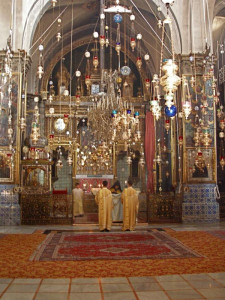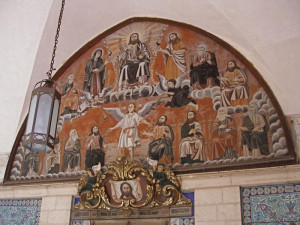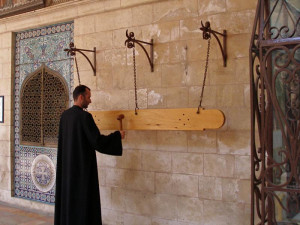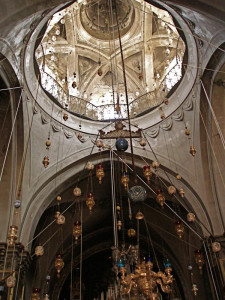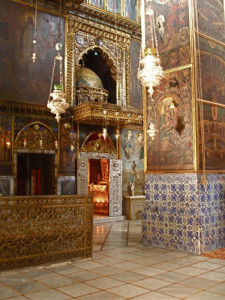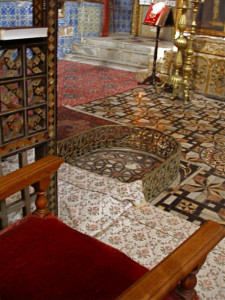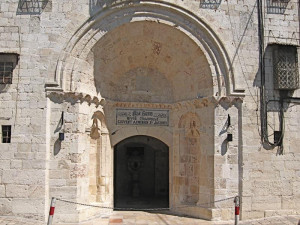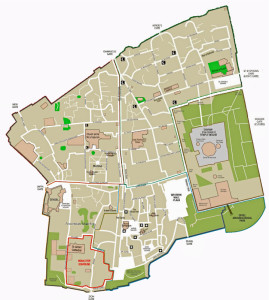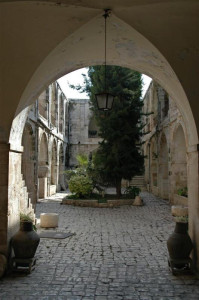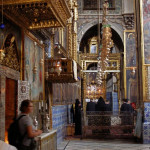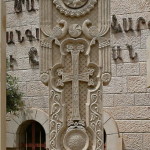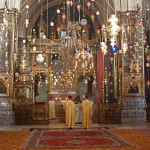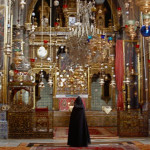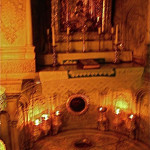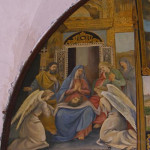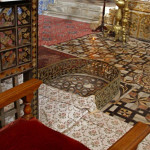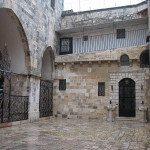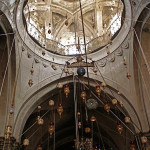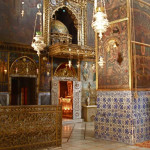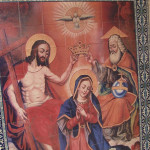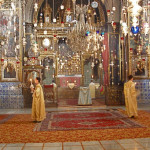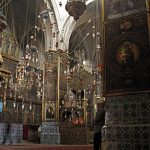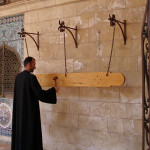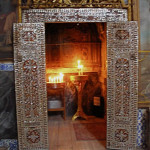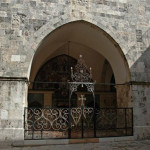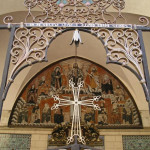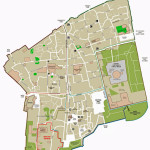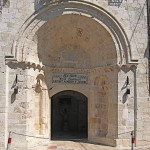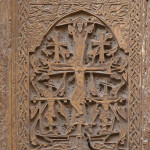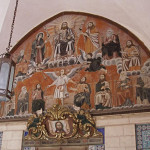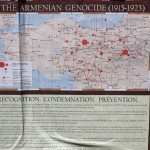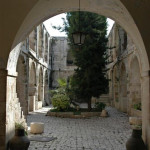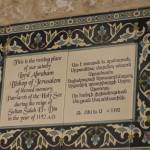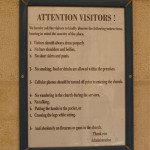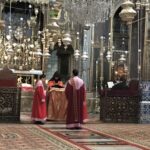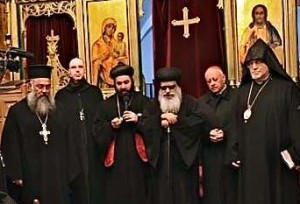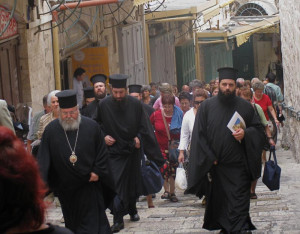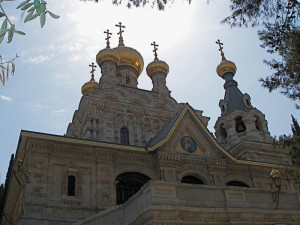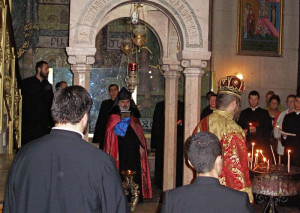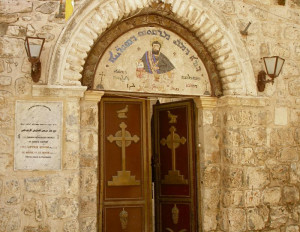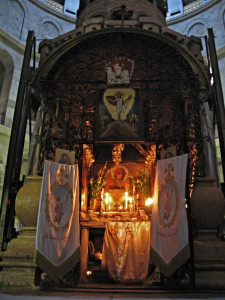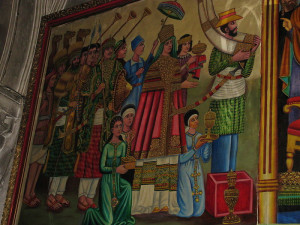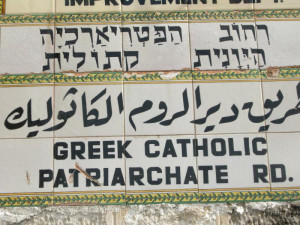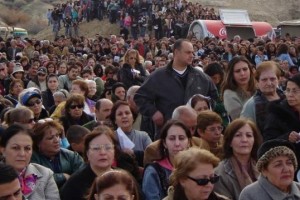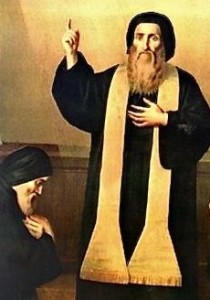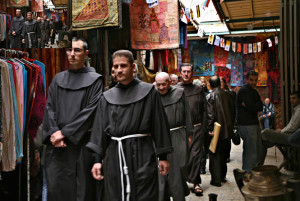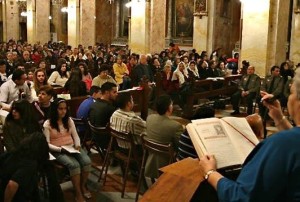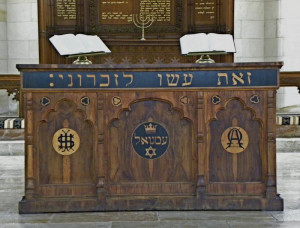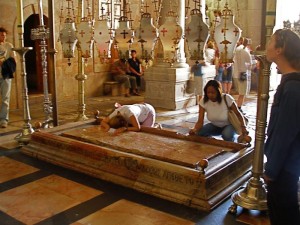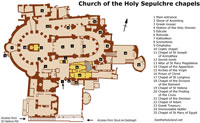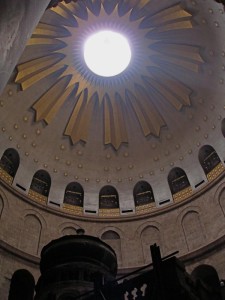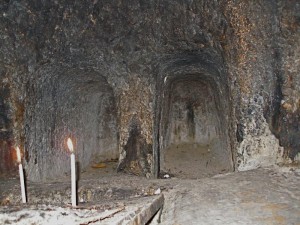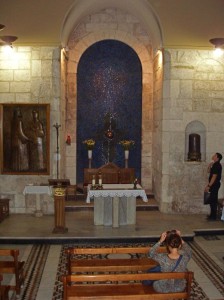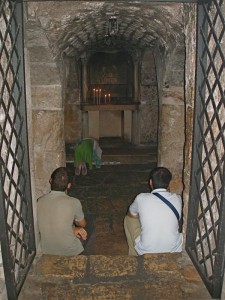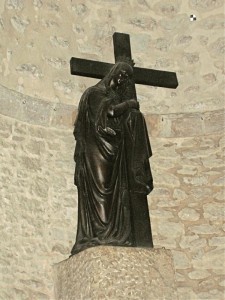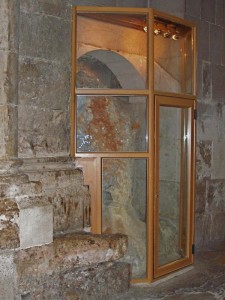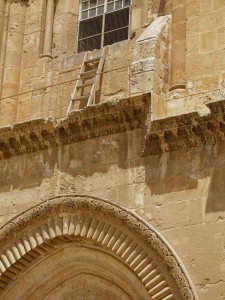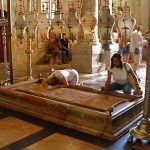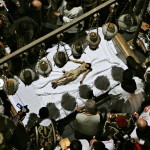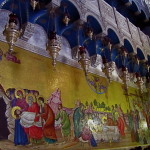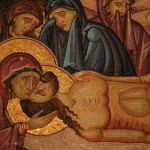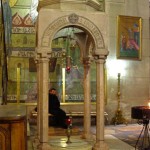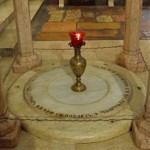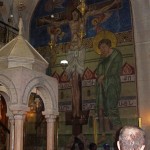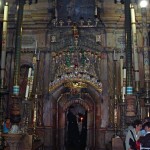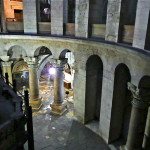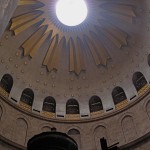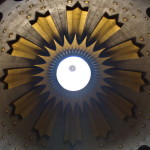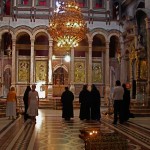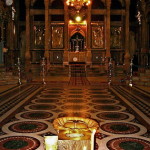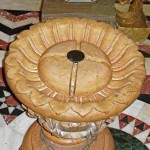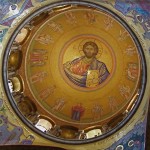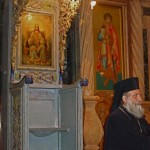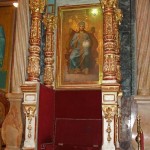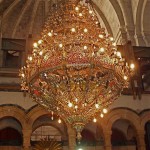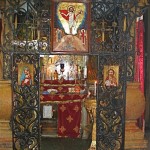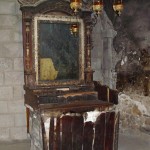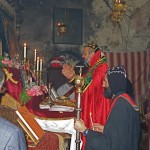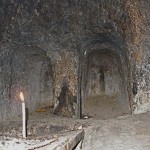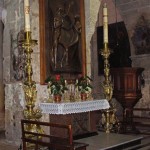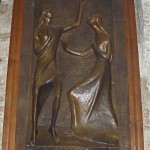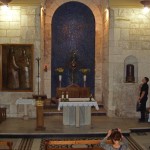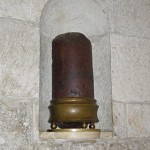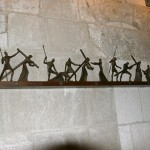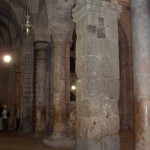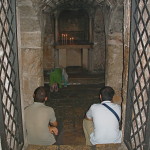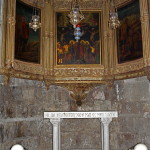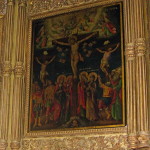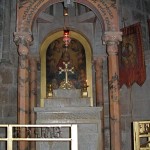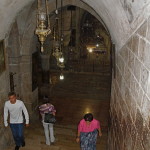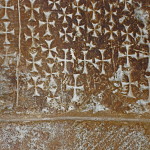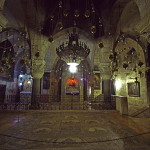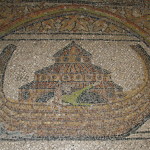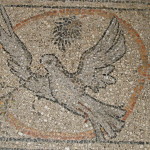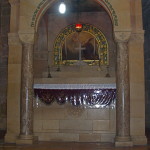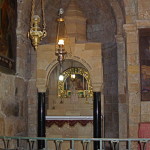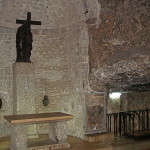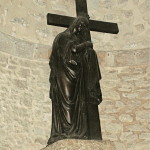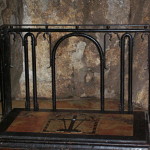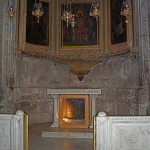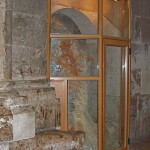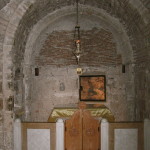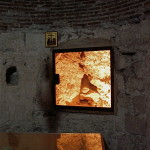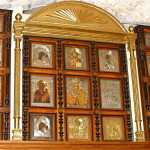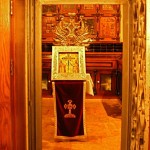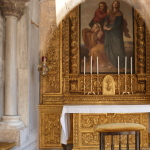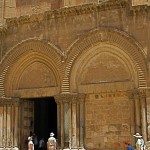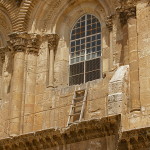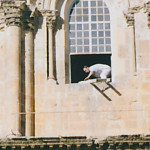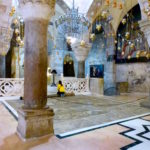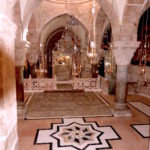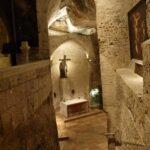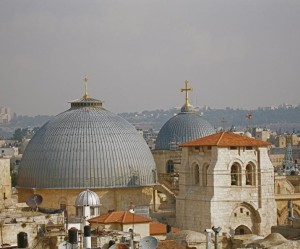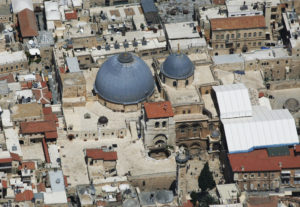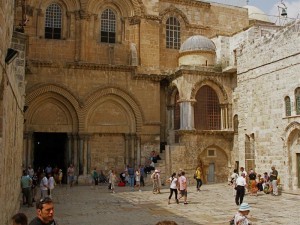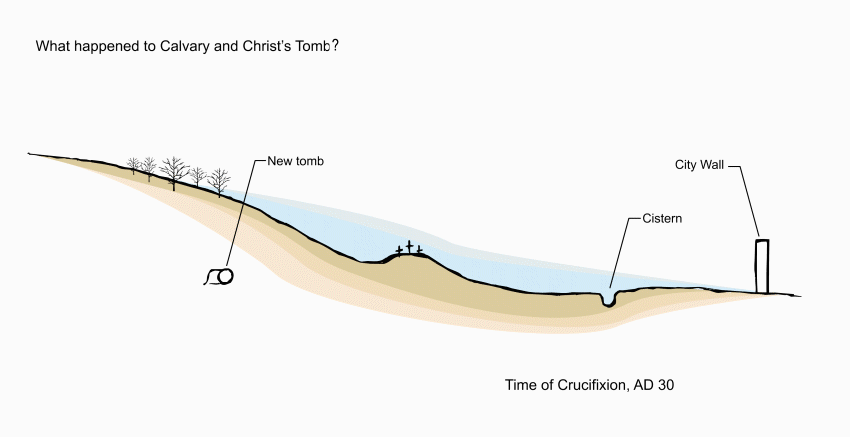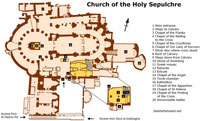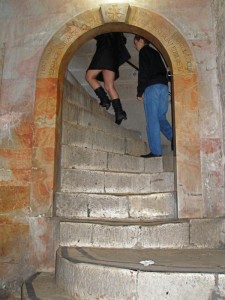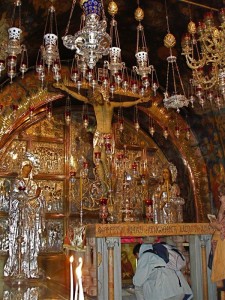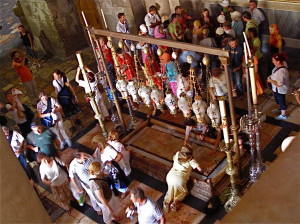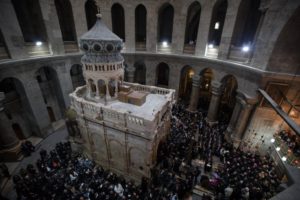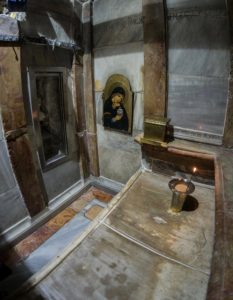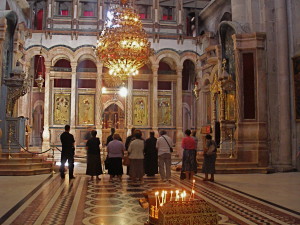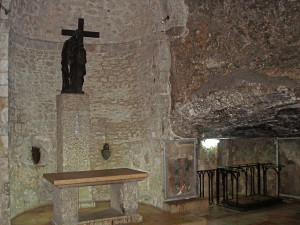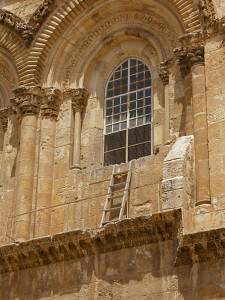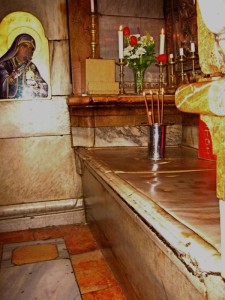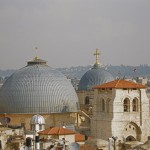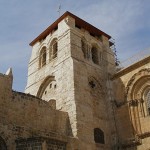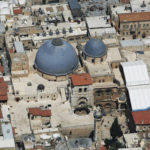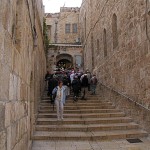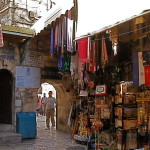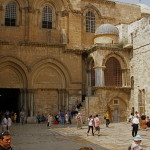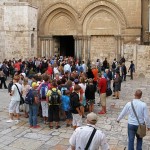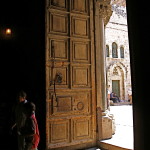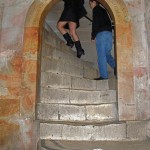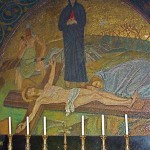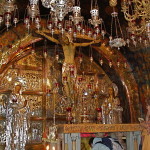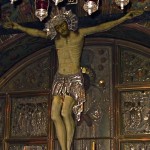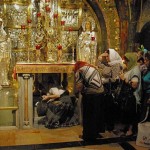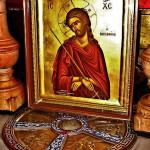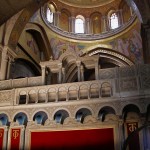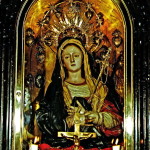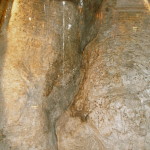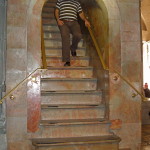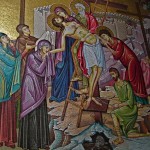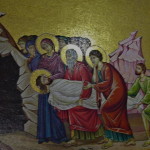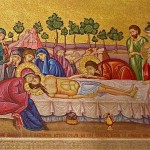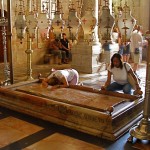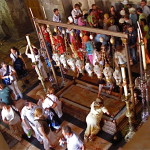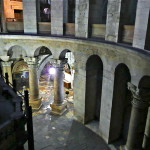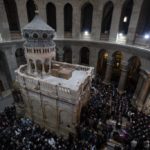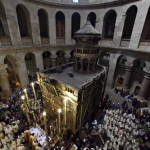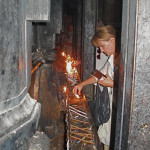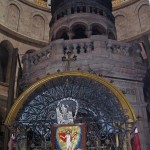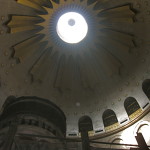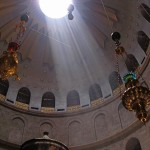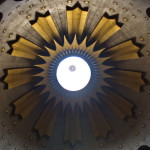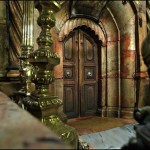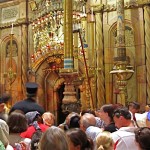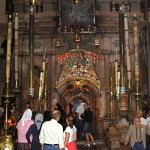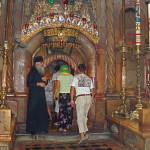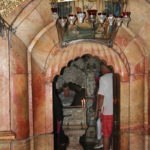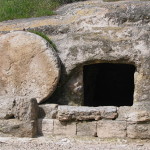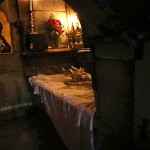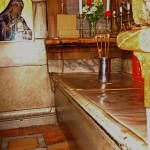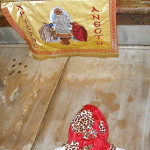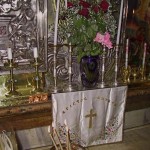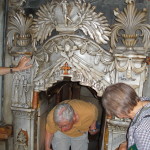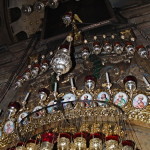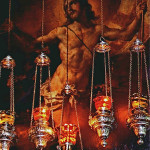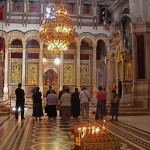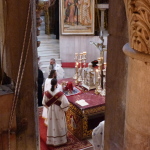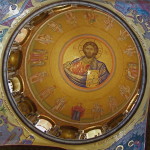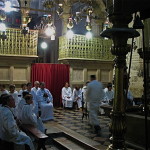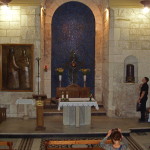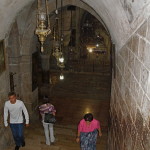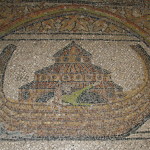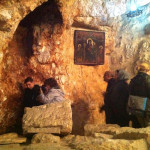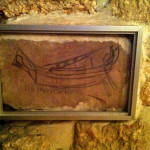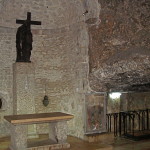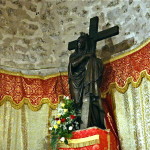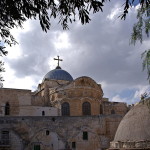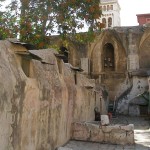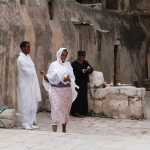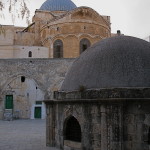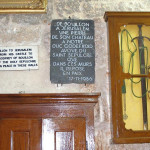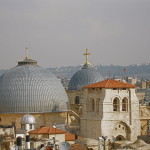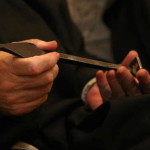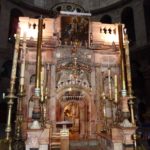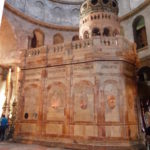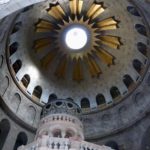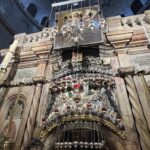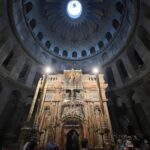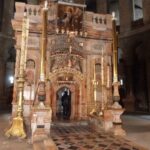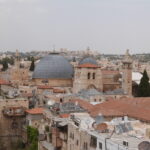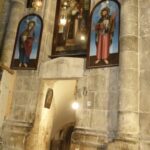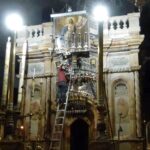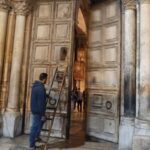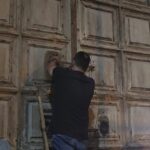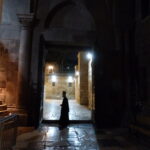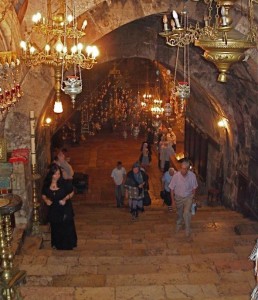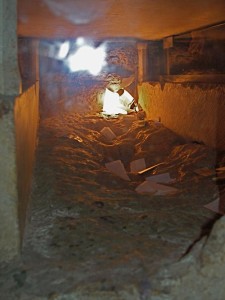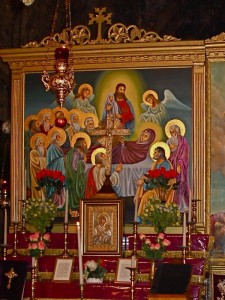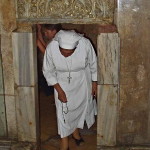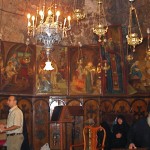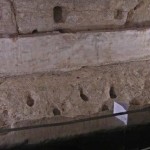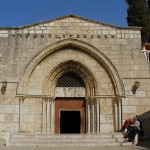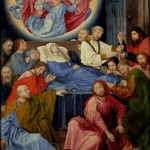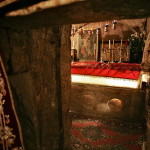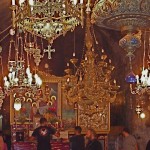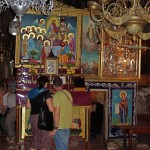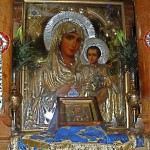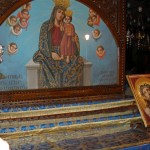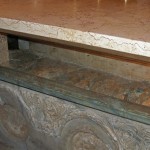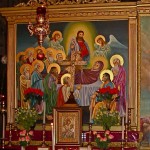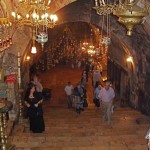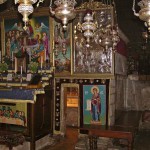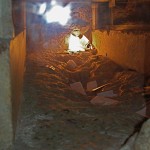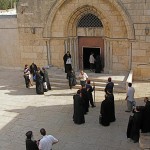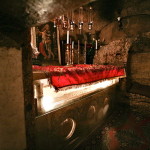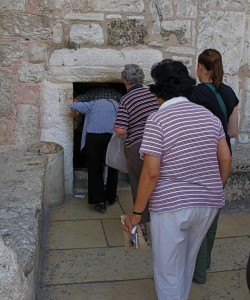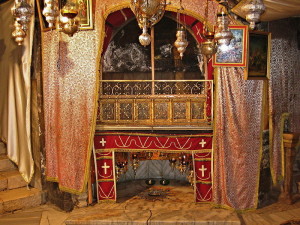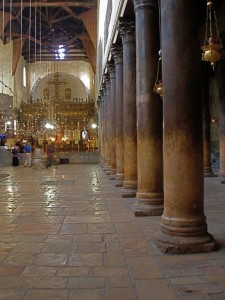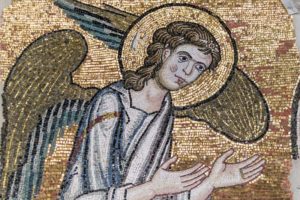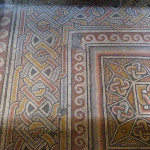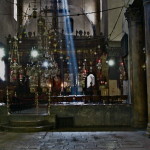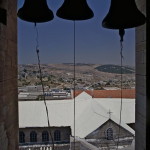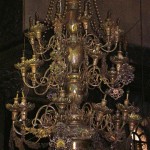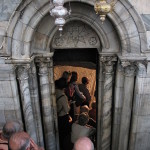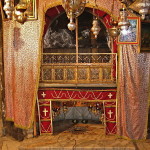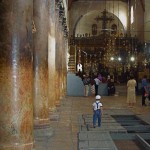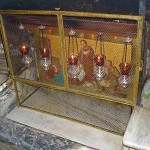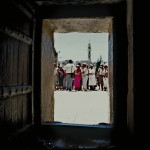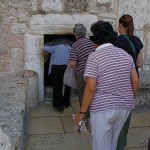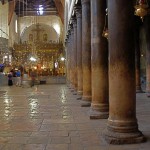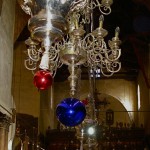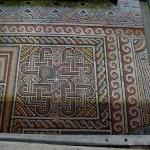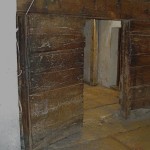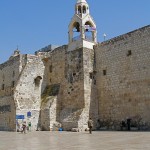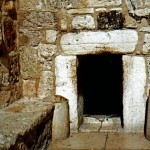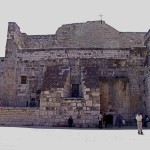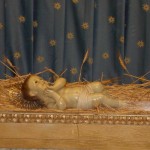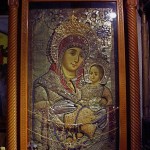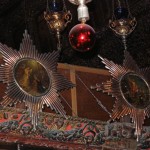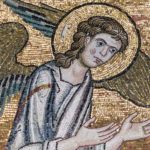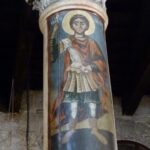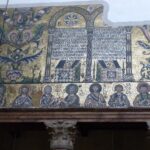Jerusalem
Nestled within a walled compound in the ancient Armenian Quarter of Jerusalem’s Old City, the Church of St James is one of the most ornately decorated places of worship in the Holy Land.
This ancient church, part of which dates to AD 420, is the cathedral of the Armenian Orthodox Patriarchate of Jerusalem.
Armenia — a land-locked country in south-west Asia — was the first nation to adopt Christianity as its state religion, in AD 301, and Armenian Christians established the first “quarter” in Jerusalem.
The Church of St James is dedicated to two martyred saints of that name — St James the Great, one of the first apostles to follow Jesus, and St James the Less, believed to be a close relative of Jesus, who became the first bishop of Jerusalem.
St James the Great was beheaded by Herod Agrippa I, grandson of Herod the Great, around AD 44 (Acts 12:1-2). St James the Less was martyred by Temple authorities about 20 years later by being thrown from the Temple platform, then stoned and clubbed to death.
According to Armenian tradition, within the church are buried the head of St James the Great (the rest of his body is believed to be in the Spanish pilgrimage shrine of Santiago de Compostela) and the body of St James the Less.
Most of the cathedral dates from the 12th century, though it incorporates the remains of two chapels built in the 5th century. This is one of the few remaining Crusader-era churches in the Holy Land to have survived intact.
Interior provides splendid spectacle
Entry from Armenian Orthodox Patriarchate Road is through a dog-legged porch leading to the church courtyard. Stone crosses (called khatchkars) carved in relief on the walls include early Armenian examples of the so-called Jerusalem cross.
The church is open to the public only during services. Lengths of wood and brass hanging outside the entrance are hammered with mallets to call the faithful to prayer. Called symandra, they were introduced when a 14th-century Muslim edict forbade churches to ring bells.
The interior, under a vaulted dome, offers a splendid spectacle of gilded altars, massive chandeliers, myriad lamps with ceramic eggs attached to them, paintings, carved wood, inlaid mother-of-pearl, bronze engravings, and blue and green wall tiles. The marble floor is usually covered with purple, green and red carpets.
Rich vestments, incense and chanting give the cathedral a mystical Eastern character during services.
High-set windows, oil lamps and candles are the only light sources, since there is no electricity. Sunlight produces dazzling reflections on the church’s treasures, but cloudy days cloak the interior in darkness. There are no pews.
Shrine on reputed site of beheading
On the left side of the church, opposite one of the four square piers supporting the vaulted ceiling, is its most important shrine, the small Chapel of St James the Great. A piece of red marble in front of the altar marks the place where his head is buried, on the reputed site of his beheading.
Also on the left side are doors leading to other chapels that are seldom open to visitors. The Chapel of St Menas, an Egyptian martyr (to the left of the Chapel of St James the Great), is the oldest part of the building. Further forward, the Church of St Stephen serves as the cathedral’s sacristy and baptistery.
In the front of the cathedral are two thrones. The larger, intricately carved and topped by an onion-shaped baldachino, is dedicated to St James the Less. A low iron grille behind it encloses the saint’s reputed burial place. The smaller throne is the seat of the Armenian Orthodox patriarch.
A doorway near the centre of the right-hand wall, also generally closed to the public, was the original 12th-century entrance to the church. It leads to the Etchmiadzin Chapel, formed in the 17th century by blocking a long and narrow portico.
The Armenian city of Etchmiadzin (now known as Vagharshapat) is the seat of the Catholicos of All Armenians, head of the Armenian Orthodox Church.
Vividly coloured wall tiles in the chapel, illustrating scenes from the Bible and lives of the saints, were made in Turkey in the 18th century for repairs to the Church of the Holy Sepulchre but were not used.
Compound is like miniature city
The compound of St James Convent, which contains the Church of St James, is like a miniature city with residences for more than 1000 families. Behind its fortress-like walls are the patriarchate, a hospice, living quarters for nuns and priests, a school, social clubs and a printing press — the first in Jerusalem, established in 1833.
Across the street from the main gate is an Armenian Orthodox seminary. Some scholars believe this the site of Pilate’s praetorium, formerly the palace of Herod the Great. In that case, the judgement seat where Jesus was condemned (John 19:13) would have been on an open square where the Church of St James now stands.
![]() Visitors may normally enter the compound only with an Armenian guide, but two institutions are open to the public:
Visitors may normally enter the compound only with an Armenian guide, but two institutions are open to the public:
• The Mardigian Museum (open 9am-4pm Mon-Sat) contains mosaics, artworks and artifacts as well as exhibits on Armenian culture and history, with a section devoted to the tragic genocide of perhaps two million Armenians by Ottoman Turks in the early 20th century.
• The Gulbenkian Library (open 3.30-6pm Mon-Fri) has more than 100,000 volumes and extensive files of Armenian periodicals and newspapers.
Armenians have long presence in Jerusalem
An Armenian presence existed in Jerusalem in the first century before Christ. After Armenia became Christian in 301, pilgrims began coming in large numbers.
By the 7th century there were 70 Armenian monasteries in Palestine. For several hundred years the Armenian patriarch was considered to be the most senior Christian dignitary in the Holy Land.
The Armenian Orthodox still have jurisdiction over part of the Church of the Nativity in Bethlehem and also over the Chapel of St Helena in the crypt of the Church of the Holy Sepulchre. The peaked hoods worn by their priests, shaped like the dome of a typical Armenian church, are intended to make the priest look like a walking church in the world.
The Armenian Quarter began taking shape in the south-west of Jerusalem before 1100. After expansion of the Jewish Quarter in 1968, it now occupies about one-sixth of the Old City.
The Armenian Quarter is the only one that largely looks like it did when it was founded, says author Mariam Shahin. “The ceramic and pottery shops, the delicatessens and the pubs, and the Armenians’ almost medieval sense of community make the quarter a unique and precious part of the mosaic that is old Jerusalem.”
The Convent of St James takes up two-thirds of the quarter. The remaining third includes churches of four other denominations: Syriac Orthodox, Greek Orthodox, Maronite and Anglican.
Many of the residents of the convent compound are descendants of survivors of the Ottoman Turkish genocide who sought refuge in Jerusalem. A note on the menu at the nearby Armenian Tavern restaurant observes: “From the unkind cup of history they have drunk wisdom not bitterness.”
In Scripture:
St James [the Great] is beheaded: Acts 12:1-2
Jesus is condemned: John 19:13-16
Administered by: Armenian Patriarchate of St James
Tel.: 972-2-6282331
Open: 6.30-7.30am and 3.00-3.40pm Sun-Fri; 6.30-9.30am and 3.00-3.40pm Sat. Modest dress required.
- Priests at side altar of St John the Baptist in Church of St James (Seetheholyland.net)
- Armenian genocide memorial (© Custodia Terrae Sanctae)
- Vespers service in Church of St James (Seetheholyland.net)
- Priest in front of main altar in Church of St James (Seetheholyland.net)
- Reputed burial place of St James the Great’s head in Church of St James (Seetheholyland.net)
- Virgin Mary with head of St James the Great, in entrance to Church of St James (Seetheholyland.net)
- Reputed burial place of St James the Less, in Church of St James (Seetheholyland.net)
- Courtyard of Church of St James (© Hanay / Wikimedia)
- Dome of Church of St James (Seetheholyland.net)
- Entrance to Chapel of St James the Great, in Church of St James (Seetheholyland.net)
- Virgin Mary as Queen of Heaven, in Church of St James (© Deror Avi)
- Deacons incensing during vespers service in Church of St James (Seetheholyland.net)
- Interior of Church of St James (Claudius Prößer / Wikimedia)
- Monk sounding symandron outside Church of St James (Seetheholyland.net)
- Chapel of St James the Great in Church of St James (Seetheholyland.net)
- Entrance to Church of St James (© Israel Ministry of Tourism)
- Closeup of metalwork at church entrance (John S. Y. Lee / Wikimedia)
- Old City’s Armenian Quarter and St James Monastery (David Bjorgen / Wikimedia)
- Entrance to Convent of St James (Shmuliko / Wikimedia)
- Carved stone khatchkar outside Church of St James (Zvonimir Atletic / Wikimedia)
- Artwork at entrance to Church of St James (Seetheholyland.net)
- Armenian genocide poster (Adiel Io / Wikimedia)
- Armenian monastery cloister (© Israel Ministry of Tourism)
- Burial plaque for early bishop, in Church of St James (© Deror Avi)
- No bare bellies and no guns — notice at Church of St James (Seetheholyland.net)
- Vespers in the Church of St James (Seetheholyland.net)
- Icon of Mary and Jesus in Church of St James (Seetheholyland.net)
References
Bar-Am, Aviva: Beyond the Walls: Churches of Jerusalem (Ahva Press, 1998)
Bourbon, Fabio, and Lavagno, Enrico: The Holy Land Archaeological Guide to Israel, Sinai and Jordan (White Star, 2009)
Freeman-Grenville, G. S. P.: The Holy Land: A Pilgrim’s Guide to Israel, Jordan and the Sinai (Continuum Publishing, 1996)
Hilliard, Alison, and Bailey, Betty Jane: Living Stones Pilgrimage: With the Christians of the Holy Land (Cassell, 1999)
Mackowski, Richard M.: Jerusalem: City of Jesus (William B. Eerdmans, 1980)
Murphy-O’Connor, Jerome: The Holy Land: An Oxford Archaeological Guide from Earliest Times to 1700 (Oxford University Press, 2005)
Prag, Kay: Jerusalem: Blue Guide (A. & C. Black, 1989)
Shahin, Mariam, and Azar, George: Palestine: A guide (Chastleton Travel, 2005)
Wareham, Norman, and Gill, Jill: Every Pilgrim’s Guide to the Holy Land (Canterbury Press, 1996)

